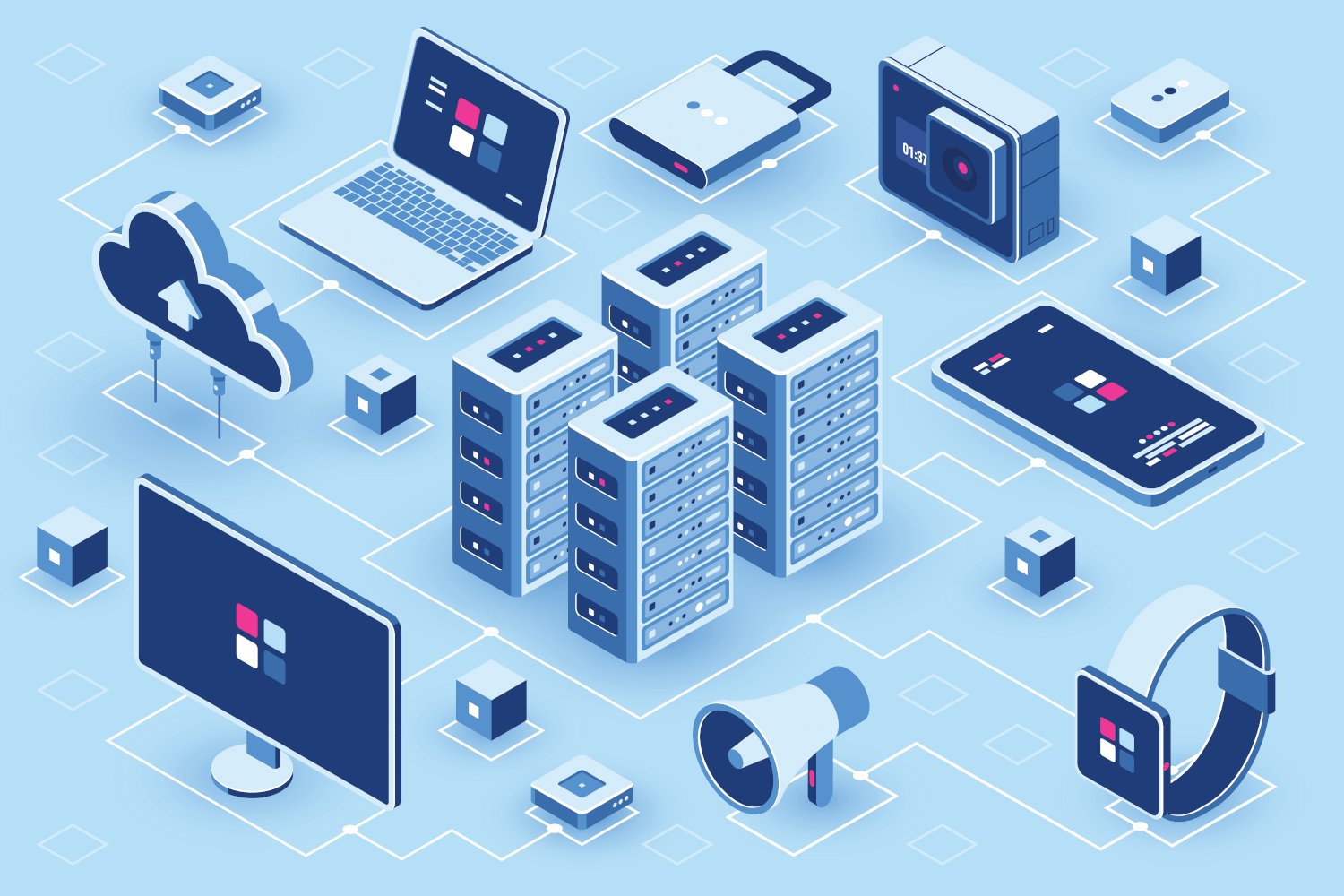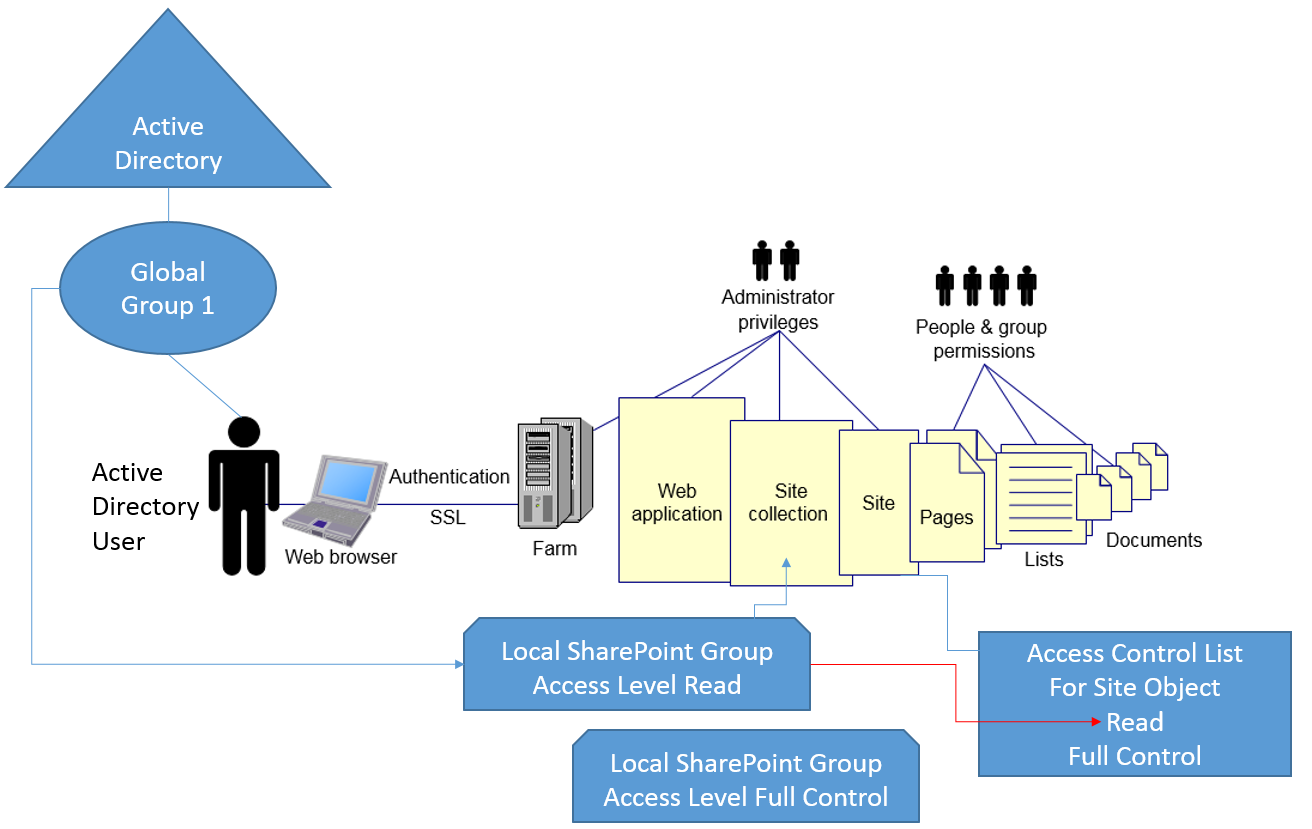De fem beste tipsene til hvordan du får en god infrastruktur for innholdshåndtering
Innhold er grunnlaget for vellykkede mobilitetsapplikasjoner for bedrifter. Merkevarer begynner å forstå at hvis de vil skille seg ut, må de fokusere på infrastrukturen for innholdshåndtering.
Dette er den eneste måten å forbli relevant på i et dynamisk økosystem fullt av innholdshungrige enheter, som for eksempel IoT-dingser (Internet of Things) eller stemmeassistenter som Siri.
Mer enn 90 % av alt innhold konsumeres på en mobil enhet eller via en mobilapplikasjon. Denne statistikken forventes å øke i fremtiden.
Hvordan du håndterer innholdsinfrastrukturen din, vil ha direkte innvirkning på merkevarens fremtid. I denne artikkelen får du de fem beste tipsene for å sikre at du får infrastrukturen for innholdshåndtering til å fungere slik at du kan optimalisere eksponeringen av merkevaren din.
De viktigste tipsene:
-
Lær hva innholdsstyring betyr, og hvorfor du bør bruke dette for innholdsinfrastrukturen din
-
Det er enklere enn du tror å få på plass en infrastruktur for innholdsstyring, men likevel er det mange som ikke gjør det riktig
-
Forstå hvorfor du må utnytte medlemsroller i en CMS-infrastruktur
-
Finn ut hvordan du kan få til en riktig infrastruktur for innholdsstyring første gang for å øke effektiviteten i organisasjonen din
Hva er en infrastruktur for innholdsstyring?
Før i tiden var det bare noen få webdesignere som hadde eksklusiv innsikt i nettstedenes verden. Men nå kan hvem som helst lage og administrere sin egen nettside uten noen tidligere erfaring eller kunnskap om nye plattformer.
Enkel web- og apputvikling er mulig med CMS-programvare (Content Management System), som bokstavelig talt gir hvem som helst muligheten til å designe et nettsted uten formell opplæring. Med disse plattformene kan du opprette et nettsted og deretter tilpasse innholdet rundt denne strukturen.
En infrastruktur for innholdsstyring er imidlertid ulik tradisjonell CMS-programvare. I stedet for å organisere innholdet rundt sider, begynner en infrastruktur for innholdsstyring med innholdsmodellen.
Det er et rammeverk for å definere hvordan hver type innhold forholder seg til hverandre, og hvor det passer inn i den overordnede strukturen. Den tar strukturert innhold og plasserer det i en moderne leveringsplattform.
Plattformens rørledninger kobles til tjenester som brukes av utviklere og innholdsskapere. Et sentralt aspekt ved en innholdsinfrastrukturplattform er at brukerne har rask og pålitelig tilgang til informasjonen de trenger.
Du jobber hardt for å skape engasjerende og oppdatert materiale for leserne dine. Da er det viktig å kunne distribuere dette innholdet effektivt via et nettbasert nettverk.
5 tips om hvordan du administrerer CM-infrastrukturen din
Pålitelig nettinnhold har stor innvirkning på brukeropplevelsen (UX). Det er viktig å skille mellom backend-innholdshåndtering og frontend-presentasjon i prosjektet ditt.
Du kan bygge videre på innholdsfundamentet ditt med et headless-miljø, som gjør at du kan levere best mulig UX på alle enheter og plattformer.

Her er fem tips til hvordan du får infrastrukturen for innholdshåndtering til å fungere effektivt for organisasjonen din:
1. Utvikle en digital nettstrategi
De siste årene har det blitt utviklet så mange ulike verktøy for å hjelpe folk med å markedsføre virksomheten sin på nettet. Mange av disse verktøyene kan integreres med hverandre, noe som betyr at de kan kobles sammen og fungere sammen.
Integrering vil kreve en viss innsats fra din side, siden de fleste verktøyene ikke automatisk passer godt sammen med hverandre rett ut av esken. Det anbefales også på det sterkeste (av Google selv) å utvikle SEO-vennlig nettinnhold som du implementerer i strategien din.
Ved å utvikle en digital webstrategi sikrer du at du leverer innhold på en effektiv måte. Dette gjør det mulig å optimalisere innholdet på flere sider, i stedet for bare ett eller to innlegg.
2. Bruk et globalt modulsystem
Cloud computing har endret hvordan utviklere bygger programvare. Teamene omstrukturerer stablene sine for å bli mer modulære og smidige, og bruker nye skytjenesteleverandører for analyse, e-post, SMS, betalinger og autorisasjoner, for å nevne noen.
Ved å bruke en global modulbasert innholdsinfrastruktur kan du gjøre det enklere å administrere innholdet ditt. Ved å bruke disse modulene kan du gjøre en endring som vil vises overalt på plattformen. På den måten slipper du å redigere hver side når du oppdaterer eller reviderer.
3. Opprett sidemaler
Innholdet er merkevarens stemme i møte med skiftende behov og begrensede ressurser. Du kan enten fremskynde leveringen av innhold ved å gjenbruke det i alle kanaler, eller administrere alt innholdet ditt med én plattform for å lagre alt.
Du kan forenkle denne prosessen ved å opprette innholdsmaler. Maler sørger for at arbeidsflyten blir så effektiv og strømlinjeformet som mulig.
4. Konsentrer deg om personalisering
Med personalisering kan du målrette målgruppene dine og levere en personlig tilpasset opplevelse på alle plattformer. Du kan også administrere alle digitalt baserte prosjekter på nettet, uansett hvor du distribuerer dem, og gi markedsføringen autonomi.
API-et fungerer sømløst på tvers av alle kanaler, så uansett hvor noen går inn på nettstedet ditt eller hvilken enhet de bruker, vil det vises tilpasset informasjon for hver av de besøkende.
Innholdsanbefalinger gjør dessuten den digitale opplevelsen personlig for alle besøkende ved å tilby tilpasset innhold som er unikt for deres spesifikke preferanser.
5. Utnytt medlemsroller
Medlemsroller er et sett med rettigheter som gjør det mulig å systematisk tildele disse rettighetene til medlemmene. Disse omfatter generelle rettigheter for grupper, innhold, deling, analyseverktøy og systeminnstillinger.
Administrative rettigheter deles opp i ulike grupper. Administratorer kan bruke innebygde roller og opprette egendefinerte roller som passer til brukerbasen.

En strategi for innholdsadministrasjon kan gi det digitale biblioteket ditt et ekstra sikkerhetslag. Ved å aktivere riktig antall rettigheter for hvert medlem i en organisasjon sikrer du at de har akkurat nok tilgang, uten at det går ut over data eller sensitiv informasjon som er lagret på nettstedet ditt.
Optimizely hjelper deg med å få riktig infrastruktur for innholdshåndtering hver gang
Med Optimizely kan du bygge og teste innholdet i stakken din, uavhengig av enhet. Vår tilnærming til infrastruktur for innholdshåndtering setter innholdet i sentrum.
Det gjør den ved å hjelpe merkevarer med å planlegge, administrere og levere verdifull informasjon på tvers av et stadig skiftende nettverk bestående av app-enheter og systemer.
Med økende popularitet for tingenes internett (IoT) og headless on-demand mobilutviklingsplattformer kan kundene våre raskt skape overbevisende opplevelser uten å finne opp hjulene på nytt.
Vår designtenkningsmetodikk sikrer at vi bygger tilpasningsdyktige, fleksible og skalerbare løsninger fra bunnen av. Tilnærmingen vår gjør at vi kan takle selv de mest komplekse utfordringene.
Optimalisering av innhold er mer enn et enkelt CMS. Kontakt oss i dag for å diskutere hvordan Optimizely kan hjelpe deg med å få CM-infrastrukturen riktig hver gang.
- Last modified:25.04.2025 21:15:07